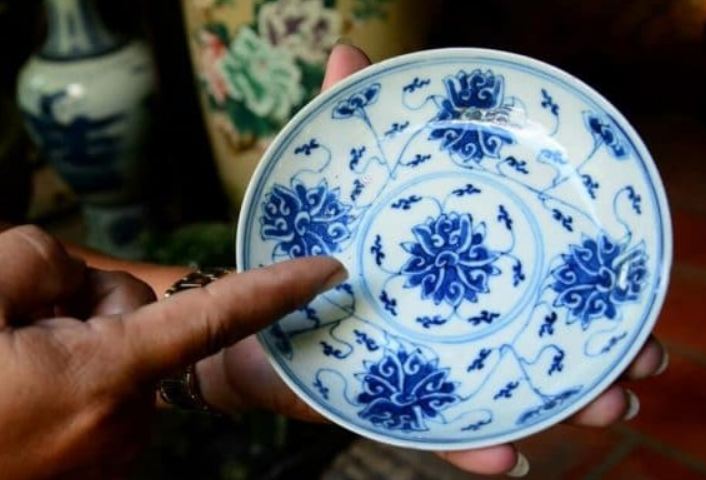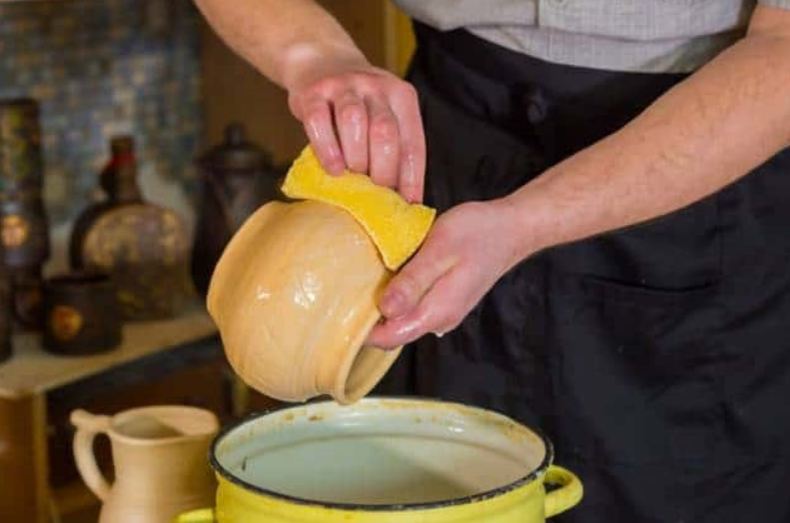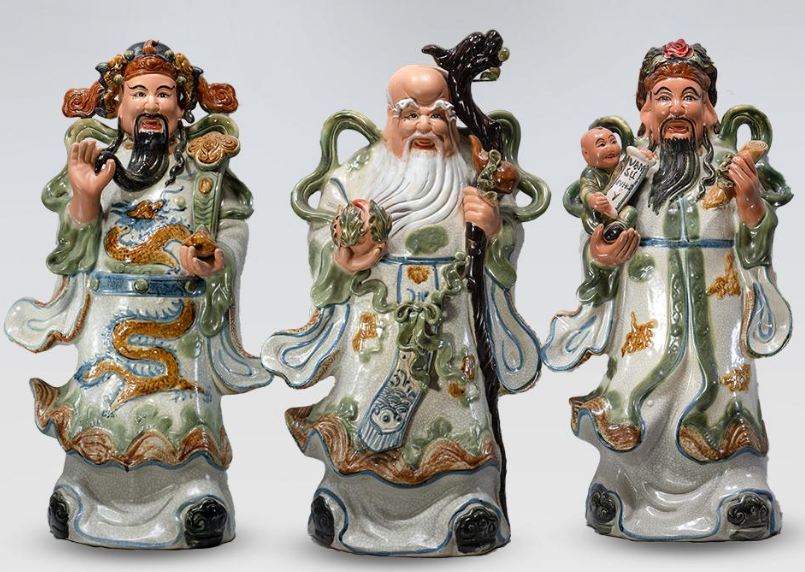How to identify ancient ceramics simply and accurately
Ancient ceramic products can be simply understood as products made from ceramic materials with a very long history. Usually they only have one product. Has a certain unique size, texture and shape. At the same time, it is also sought after by many people in the antique world. Their value often depends on the date of manufacture. Plus, there are materials and textures that make the product impactful.
There are many ways to get the most accurate view of ancient ceramics. Here, we would like to introduce to you some of the simplest and easiest methods to use for Kim Hoa ceramics .
1, Through rust spots
Most ceramics today are made from clay, which contains a variety of minerals in the form of dust particles. Has the properties of natural ingredients. Therefore, soil for making ceramics will certainly contain certain impurities. Therefore, one of these impurities would provide useful applications for many ceramic collectors.
Iron is one of them, because iron oxidizes quickly when exposed to air. There is also a gradual transition to brown, or even total black.
Rust stains on ancient ceramic products can be a very useful sign for ceramic collectors. Because these phenomena take many years to occur. Therefore, the rust stains that appear are real. This is the most recognizable feature on enamel products. Because ingredients used daily tend to be white.
2, Through enamel loss, also known as enamel peeling.
The enamel layer in ceramics is the outermost layer, giving the product a smooth and shiny beauty. Each product is coated with a layer of enamel before being delivered to consumers. This is a slurry-like liquid mixture containing silica. This is what creates most of the effectiveness of this yeast.
This slurry will be used to coat directly on the ceramic surface. Then, these products are put into high-temperature furnaces in sequence.
When shocked below this temperature, the dioxide layer gradually melts. At the same time, the completely transformed transparent layer surrounding the ceramic surface creates a distinct highlight.
The ceramic products displayed in the store are mostly regular ceramics. They have a shiny aesthetic with optimal reflectivity. But with ancient ceramics, their appearance will not be shiny. Also, slightly reduced opacity.
3, Distinguished by impurities left behind by “detection errors”.
In ancient times, most ceramics were made entirely by hand. Therefore, due to environmental factors and working conditions, the products produced do not meet standards.
This is one of the reasons why impurities often appear on ancient ceramic products. Additionally, there are two methods of disposing of these products. that is, throw it away or resell it at a lower price than other standard products.
4, Identify through the shrinkage of the enamel layer
Glaze shrinkage is the cause of some minor surface defects on most ceramic products on the market today. Especially on ancient Chinese ceramics. They often look like small depressions in various locations in the enamel. But this phenomenon often occurs in commercial ceramic products. As for royal ceramics, this image is rarely seen.
There are many reasons for degreasing ceramic products. For example, small particles may stick. Or the layer of oil under the enamel layer prevents the enamel layer from protecting the entire product surface. Therefore, the glaze cannot fill the ceramic surface during firing.
Additionally, in some cases it is necessary to use a magnifying glass to find small dents. Or there are some other dents that are large and appear darker after dusting.








